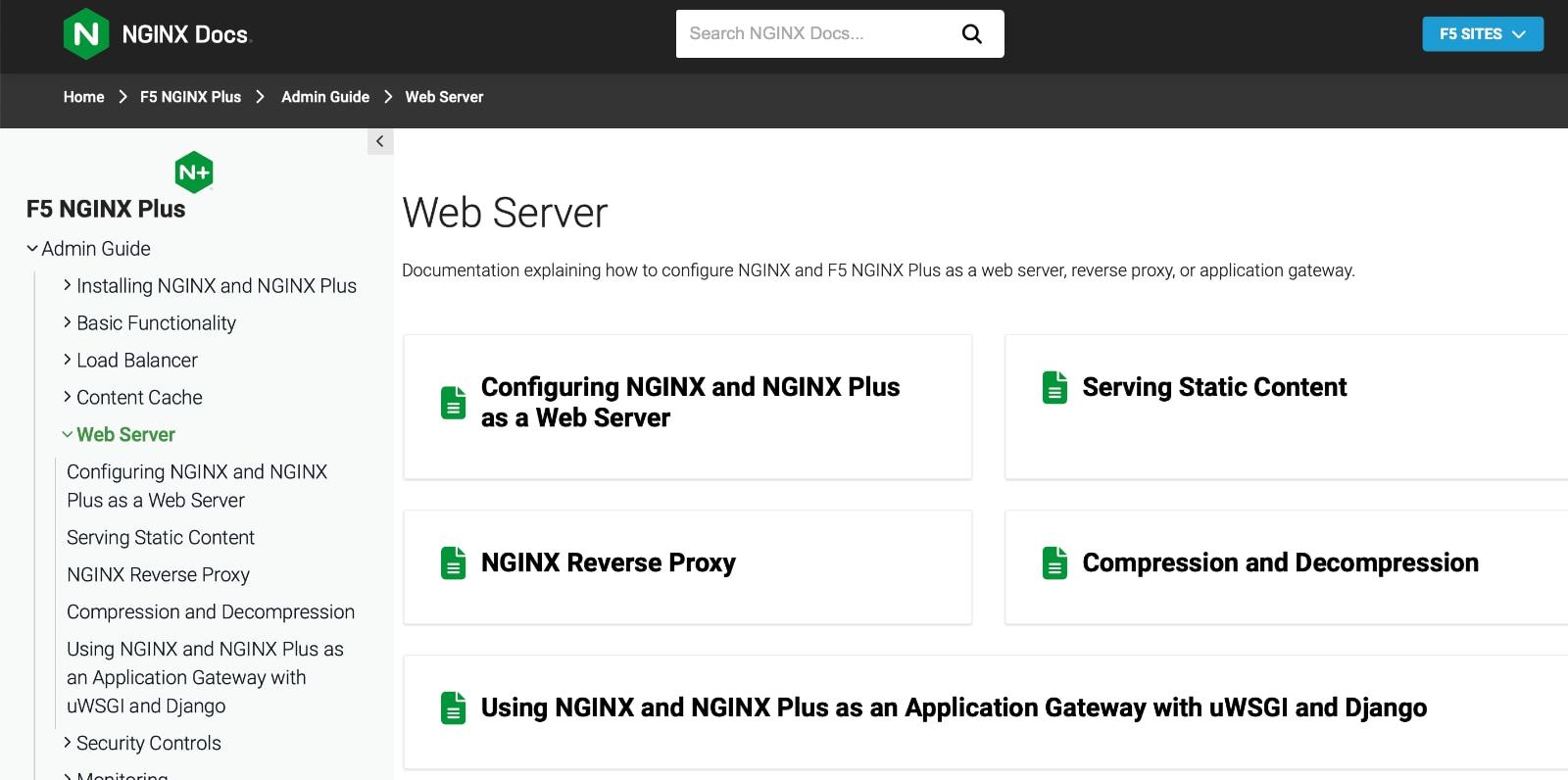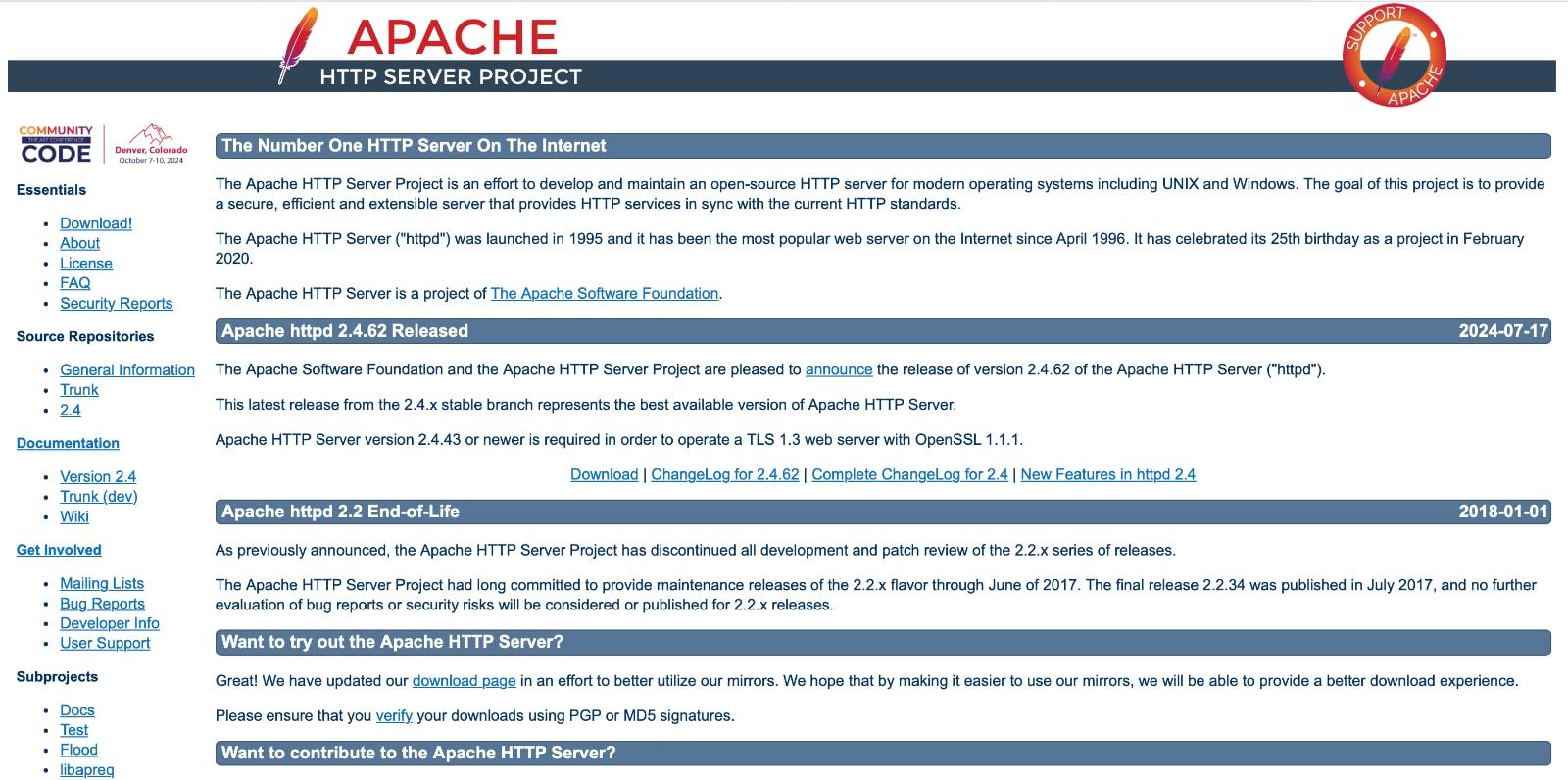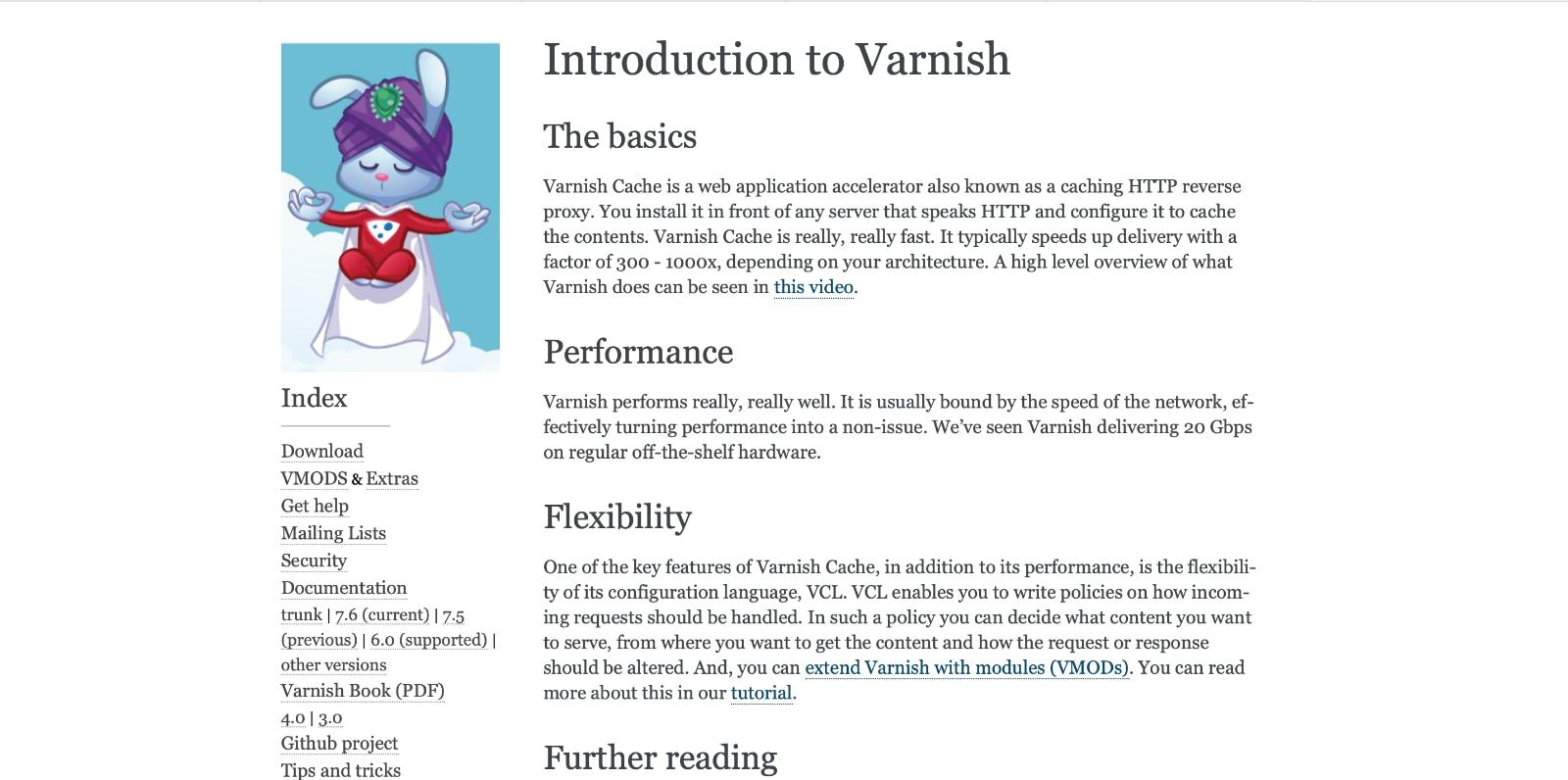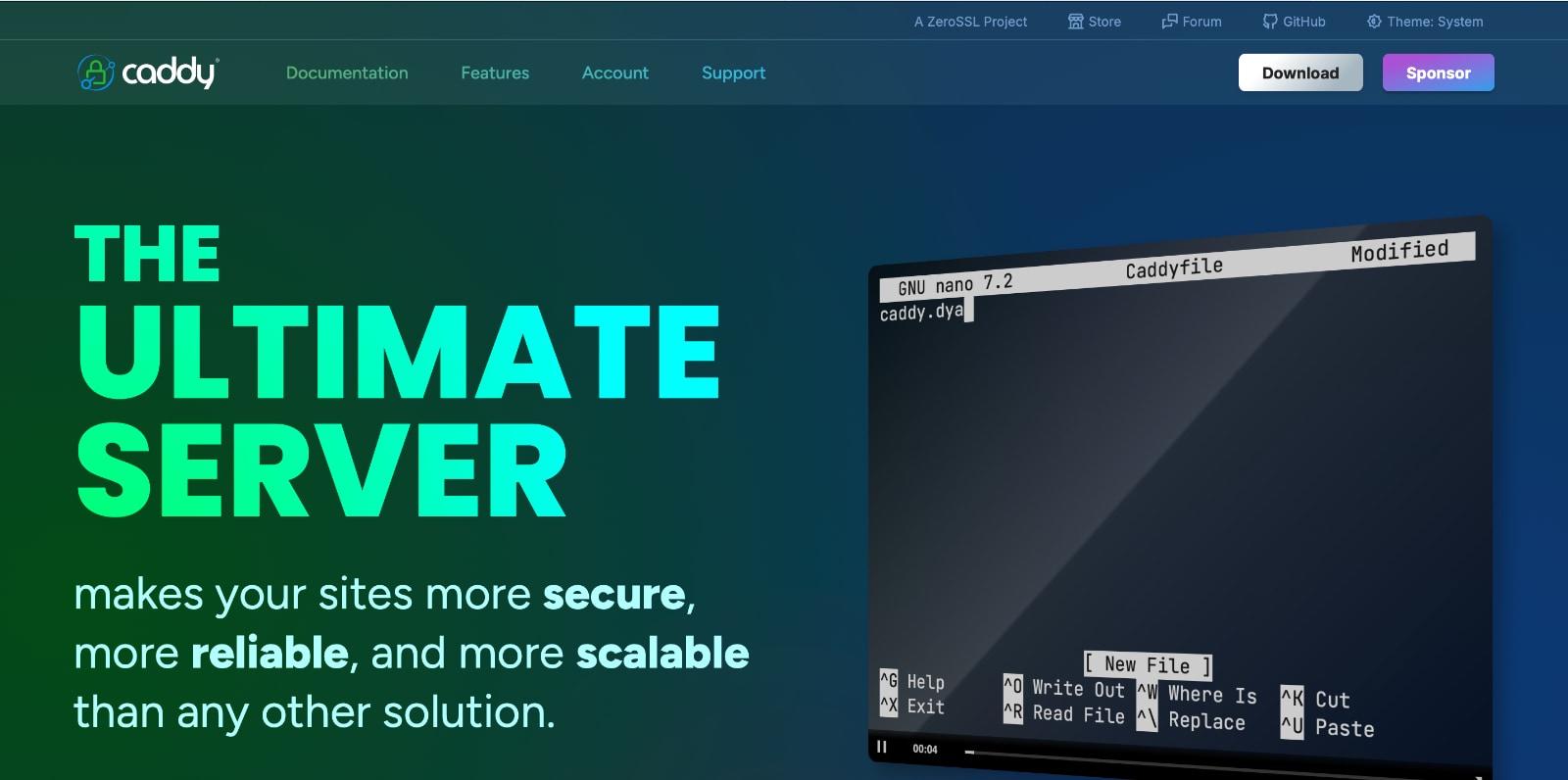There’s a reason why reverse proxies are widely used across websites, content delivery networks (CDNs), companies with microservices architecture, and API providers. Aside from acting as a shield against malicious requests, they excel at load handling, data encryption and decryption, and bypassing server failures.
Therefore, from a general usability standpoint, a capable reverse proxy should meet a broad set of criteria and expectations. That said, the good news is you have plenty of options, so join us as we dive deeper into explaining the best reserve proxy solutions in 2025, alongside many other helpful information.
What to Look for in a Reverse Proxy Solution
Picking the right reverse proxy solution depends on the type of applications you’re running, the level of digital security you need, the scale of your deployments, and the level of customization you seek. Let’s check what makes a reliable reverse proxy:
- Speed and Performance: No matter why you need a reverse proxy, you want it to be highly performant. Aside from having no issues handling large volumes of data, you can also expect caching to improve the speed of static content, as well as data compression, which saves bandwidth and speeds up content delivery.
- Security Features: Reverse proxies can deter malicious requests by combining IP masking, data encryption, and other technologies. They’re highly efficient at deterring DDoS attacks and can log and monitor incoming traffic. Using that data, you can be proactive regarding potential threats.
- Load Balancing: By monitoring server health and analyzing incoming traffic, a reverse proxy helps distribute requests intelligently. A capable reverse proxy can help avoid overloading a single server, providing a more efficient balance across your entire network, and can also serve as a failover.
- Ease of Setup: Setting up a reverse proxy typically involves using a packet manager to initialize the installation. Then, you must configure your backend servers and set up proxy rules. That said, you’ll want a solution with comprehensive technical documentation or widespread expert support.
For more information read our article about what are reverse proxies and how to use them.
Top Reverse Proxy Solutions for 2025
You’ll be happy to know that there are dozens of high-quality reverse proxy providers. That said, not many can check all the right boxes. Based on our hands-on experience and testing, we present the following 5 best reverse proxies in 2025.
| Nginx | Apache HTTP Server | Varnish | Caddy | HAProxy | |
|---|---|---|---|---|---|
| Level of Security | Ultra-High | Ultra-High | High | High | High |
| Load Balancing | Supported | Supported | Supported | Supported | Supported |
| Content Cashing | High | Medium | Ultra-High | High | Medium |
| Supported Backend Technologies | Node.js, Python, PHP, and more. | Apache, PHP, Python, Java, and more. | Apache, Nginx, and more. | Apache, Nginx, Docker, Kubernetes, and more. | Nginx, Apache, Ruby, Python, and more. |
| User-Friendliness | Medium | Medium | High | High | Medium |
| Community Support | Wide | Wide | Medium | Medium | Medium |
NGINX – Most Popular “Old School” Reverse Proxy

One of the oldest solutions of its kind, NGINX started out as a Web server and then expanded into a reverse proxy and load balancer for HTTP, TCP, and UDP protocols. It’s known for its speed and performance, as it can handle thousands of requests per one processing thread. It’s exceptionally performant under heavy request loads.
One of the reasons for NGINX’s popularity is its versatility. This reverse proxy solution can handle multiple upstream servers, keeping your application online at all times. It can also supply reliable security through TLS/SSL support and data anonymization. NGINX can also provide centralized logging, allowing you to audit server requests easily.
Let’s not forget that NGINX also works great for caching, providing a more streamlined user experience for your website or application. It does so by directly reducing the backend server’s load by serving static content. Lastly, it’s commonly used with Web servers like Apache, powered by backend technologies like Node.js, Python, PHP, and more.
Apache HTTP Server – Best for Apache-Based Server Solutions

Apache needs no introduction. It’s one of the oldest and most reliable open-source HTTP Web server solutions. It’s already used by countless system administrators, who depend on its rich feature set. That said, Apache can also be a highly secure reverse proxy server, an enticing solution for those looking for a “lean” server configuration.
Some of the core modules of Apache’s proxy server include HTTP and HTTPS request handling within the proxy environment, as well as a load balancer that distributes incoming requests evenly and can also enable content cashing. It’s a lightweight option known for its fast performance and improving response times.
As a reverse proxy, Apache offers high-end functionality through numerous modules. Using those, you can set up HTTP, HTTPS, FTP, and SSL protocols, utilize rule-based URL rewriting, and even compress data delivery mechanisms. We’ll also note that Apache works well with various backed technologies like PHP, Python, and Java.
HAProxy – Best Reverse Proxy for Load-Balancing

If you run a website or an application, you clearly understand the importance of avoiding downtime. If that’s your primary concern, HAProxy provides the features you need. This open-source reverse proxy is known for its load-balancing features for HTTP- and TCP-based applications. It also offers high-end, enterprise-level tools and platforms.
Used by JPMorgan Chase, Boeing, and Amazon Web Services, HAProxy delivers a rich set of features that let you define which IP address and ports this proxy should bind to. You can create multiple configurations for Web server and application server load balancing, making HAProxy a capable layer 4 and layer 7 load balancer. This solution also excels at traffic management as a reverse proxy while adding a much-welcome security layer.
We’ll also note that HAProxy is widely supported by many developers and system administrators, so maintenance and critical fixes should not be an issue. Plus, HAProxy has extensive documentation, making its setup as easy as possible. You can use it with NGINX and Apache servers and applications written in Java, Python, PHP, and Ruby.
Varnish – Reverse Proxy That Excels at Caching

Even though it excels at caching, which is its flagship feature, Varnish is a hugely popular, widely used, and extra-fast reverse proxy. Depending on your website’s architecture, it can speed up data transfer rates by 300-1,000x. That happens by using Varnish in front of the Web server, relying on cashed layers to present a static instead of a dynamic version.
It’s also interesting to note that Varnish uses its own configuration language, “VCL” (Varnish Configuration Language). Developers and system operators can use that to alter how input requests are handled. For example, Varnish can be set up to forward specific requests to a particular service, integrating third-party functionality.
This reverse proxy has other tricks up its sleeve as well. It has a tool called “backed pooling,” allowing Varnish to serve static content even when the Web server is not available. Finally, Varnish is most often used in front of Web servers like Apache and Nginx.
Caddy – User-Friendly Reverse Proxy for Smaller Projects

Caddy was initially known as a simple reverse proxy for personal projects and small businesses. However, it’s now an enterprise-ready solution with a substantial list of features. What makes Caddy unique is that its client-facing side needs to be HTTP, while the transport that goes to the backend can use practically any protocol.
This solution also comes with load balancing, featuring a variety of possible policies that accommodate the needs of small and large digital environments. It also features circuit breaking, helping to avoid server downtime. There’s also health checking built-in that can detect when upstreams are unavailable.
Even though it’s not as widely used as our other recommendations, Caddy excels at ease of use. Setting up this reverse proxy and managing its feature is incredibly user-friendly. However, keep in mind that community support isn’t widely available. We’ll also add that Caddy works with Web servers, Docker, Kubernetes, and other backend technologies.
Reverse Proxy Software vs. Managed Services
Even though managed services might look enticing, as they offer a user-friendly way to optimize proxy settings, they’re not always the most suitable option. Using standalone proxy services has numerous advantages, so let’s compare the two.
Reverse Proxy Software (Pros & Cons)
While some standalone reverse proxy solutions are somewhat challenging to set up, we also have those that require minimal technical knowledge. Most of them are free of charge and open source, so setting them up doesn’t require an investment but takes some time.
That said, maintaining a standalone proxy also involves some knowledge. On the plus side, you have complete freedom over your digital environment without a third party controlling your access, which is the case with managed services.
Managed Services (Pros & Cons)
Managed services provide a hassle-free way to enter the world of proxies. They feature a user-friendly GUI that lets you easily configure simple and complex settings. So, if you need a relatively simple proxy system suitable for individual projects of a small business, managed services present an exciting solution.
However, as managed services are automated solutions, you can never know what happens under the hood. Also, they usually don’t provide timely patches, so security might be an issue in the long run.
Best Reverse Proxies for Specific Use Cases
Most of today’s widely used reverse proxies have a lot in common. However, they all tend to excel at certain functions, so we can categorize them based on their primary field of expertise. Let’s look at the best reverse proxies as per their primary use case:
- Digital Security: Nginx has many uses, being one of the oldest and fastest-developing proxies. It’s known for its high-end security, but it also comes with a high level of customization.
- High Level of Customization: If your Web server runs on Apache, going for Apache’s HTTP proxy server reduces the number of performance layers being executed. It comes with various modules that allow you to customize your architecture.
- Load-Balancing: HAProxy provides security, performance, and load balancing, which is its flagship feature. This reverse proxy is often used for high-traffic websites and applications requiring ultra-efficient network routing.
- Cashing: Varnish comes out on top if you need fast and efficient cashing. This proxy offers a multitude of features aimed at improving your website’s or app’s performance but also features a complex installation method.
- Ease of Use (Small Projects): Caddy still excels in user-friendliness. Setting it up requires minimal technical knowledge, and this revere proxy is quite liberal regarding the backend technologies it supports.
How to Choose the Right Reverse Proxy Provider
 Choosing the most suitable reverse proxy requires you to adhere to strict criteria. Aside from paying attention to ease of use and performance, you must also shape your criteria based on your specific needs. Here’s everything you need to keep in mind:
Choosing the most suitable reverse proxy requires you to adhere to strict criteria. Aside from paying attention to ease of use and performance, you must also shape your criteria based on your specific needs. Here’s everything you need to keep in mind:
- Ease of Use: While some reverse proxies offer a GUI to fine-tune various settings, others rely on a CLI interface. So, from the perspective of ease of use, pick a reverse proxy that you’ll be comfortable using daily.
- Overall Performance: Regardless of why you need a reverse proxy, it must guarantee fast, stable, and reliable performance. What’s in common for proxies is that they handle and process Internet traffic, so fast performance is a crucial prerequisite.
- Traffic Management and Load Balancing: If you intend to use a reverse proxy to enhance your Web server’s performance, ensure you get low power consumption and high performance. You’ll also want efficient handling of static content, serving files directly from memory, and high-end caching.
- Scalability and Adaptability: If your application is designed to grow over time, you’ll want a reverse proxy that can grow with your infrastructure. Keep in mind that considerable leaps in performance must accompany exponential growth without having to sacrifice any of your proxy’s core features.
- Integration with Containerized Environments: The good news is that most of today’s reverse proxies work great with environments like Docker and Kubernetes. While some proxies are designed for simplicity and minimalism, others support a more comprehensive range of applications, but they’re usually more challenging to set up and maintain.
- Support and Documentation: You’ll want to rely on support and documentation if you plan on setting up your chosen proxy by yourself. Going for a more widely used reverse proxy would lead to finding a larger and more established community. Many of them now offer Discord and Slack groups, complementing quick start guides, tutorials, features guides, and more on their websites.
How to Integrate Reverse Proxies with Your Infrastructure
Each reverse proxy has a distinct setup procedure. However, there are also plenty of things in common, so let’s explain the general steps needed to integrate a proxy server:
Step 1 – Choosing a Reverse Proxy: Even though Nginx and Apache are perhaps the most popular reverse proxies, you have plenty of options, as this article showed. So, the first step is to pick the right proxy based on your priorities.
Step 2 – Installing the Software: The easiest way to set up a proxy is to use a package manager, especially if you rely on a Linux-based server. Your chosen proxy should provide detailed instructions and the exact commands you need to use.
Step 3 – Configuring Backend Servers: Next, you need to edit the configuration file, which is required to instruct the servers to handle Web requests. You can edit the main file or a site-specific configuration file.
Step 4 – Setting Up Proxy Rules: During this step, it’s essential to configure the proxy rules for forwarding incoming client requests. Also, this is when you can enable and configure additional features, such as load balancing and caching.
Step 5 – Restarting the Server: Once you’re happy with the final configuration, restart the server. This will apply the changes and ensure that everything is forwarded correctly. Also, this is when you can start monitoring your traffic and making any needed changes in the long run.
Conclusion
Any widely used reverse proxy can offer performance improvements and much-needed security to your Web server. However, no matter how similar they might seem, it’s crucial to know that every proxy solution has its strengths and weaknesses.
Once you’ve decided on the primary use case, your search for the best reverse proxy should be based on the specifics of your environment. You should also consider the type of applications you need, the size of your deployments, security needs, and more.
Overall, Nginx is the most widely used reverse proxy and perhaps the most versatile solution. However, Apache HTTP proxy follows the lead, as do newer options such as HAProxy, Varnish, and Caddy. More options exist, but those that we’ve highlighted should meet the needs of the majority of potential users.



